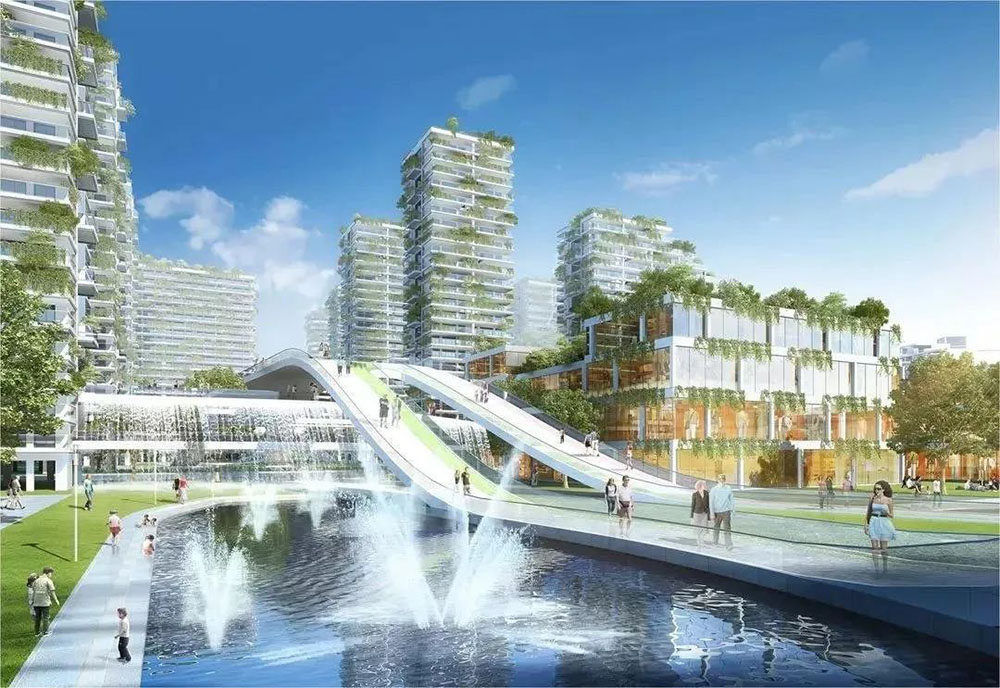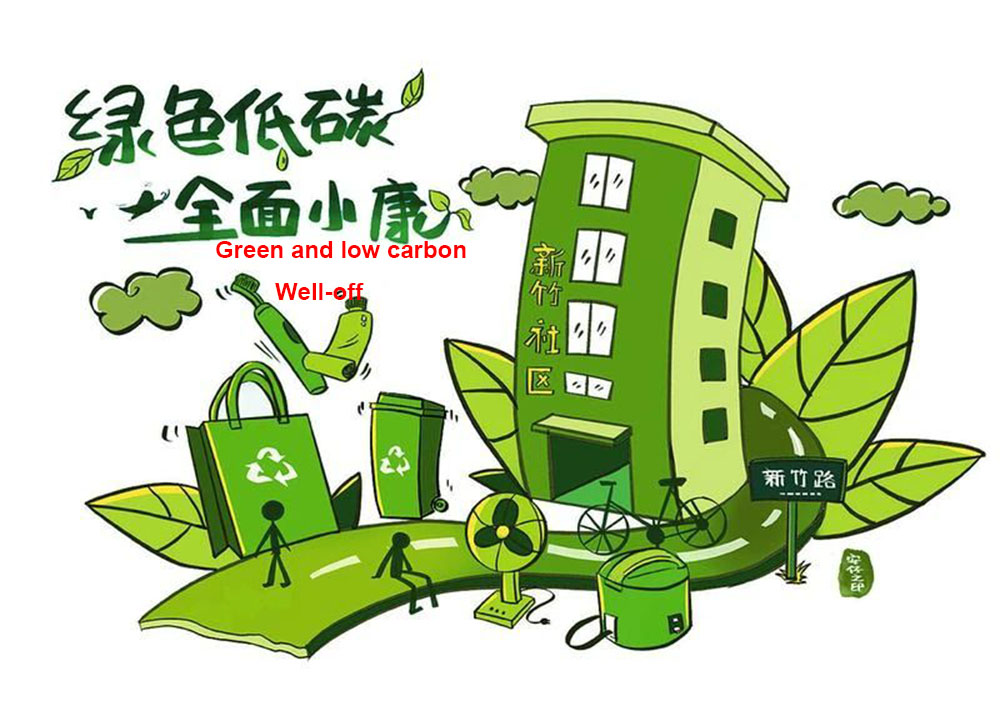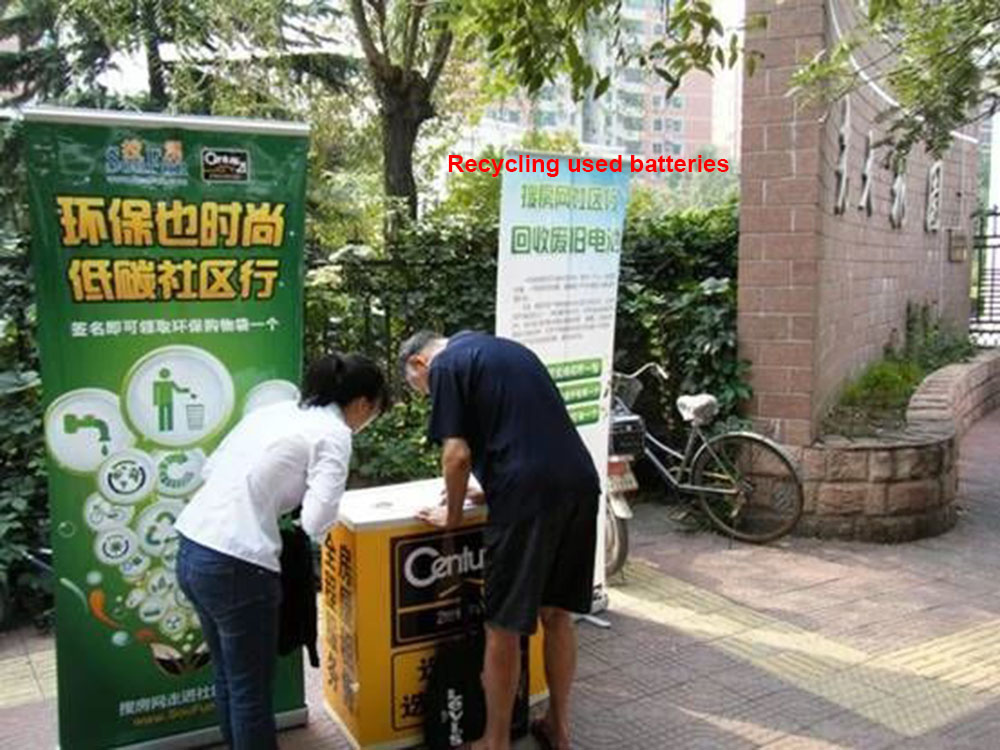Intelligent and visualized environmental protection information management application
Oct 15, 2021Intelligent and visualized environmental protection information management application
As environmental issues have increasingly attracted global attention, the path of economic development in various countries has been widely recognized around the world. The concept of low-carbon economy and low-carbon city has thus been put forward. Low-carbon city has become a common pursuit of all parts of the world. , Low-carbon city construction is an important part of the low-carbon revolution.
As the basic unit of urban functions, the construction and development of communities are closely related to the development of urban production and life. In the context of low-carbon city construction, community construction has also shown new characteristics and trends, and the role of communities in urban functions has begun to undergo new changes.

According to the research report on the driving forces of low-carbon development in Chinese communities, the greenhouse gas emission reduction potential of community households can reach 660 million tons per year, and China’s annual emissions are about 10 billion tons. This means that low-carbon communities can help the country achieve 6% annual emissions. Carbon reduction goals.
What is a low-carbon community?
In the 19th century, the term “Community” was defined by the German sociologist Ferdinard Tönnies (1855~1936): it is a combination of natural will and is based on people’s direct relationships, habits, traditions, and religions. People have close, face-to-face contact with each other, and they can strongly feel the unity of the group and are bound by tradition. The relationship between blood, neighbors and friends is the main bond of the community.
According to the “Guidelines for the Pilot Construction of Low-Carbon Communities” issued by the National Development and Reform Commission in February 2015, “low-carbon communities” refer to the reduction of energy resource consumption through the construction of a climate-friendly natural environment, housing construction, infrastructure, lifestyle and management models. Achieve low-carbon emissions in urban and rural communities. From a low-carbon perspective, in addition to minimizing the carbon emissions generated by all activities in the community, we also hope to achieve the goal of zero carbon emissions through ecological greening and other measures.
In other words, a low-carbon community refers to a community scenario with a low-carbon life as the concept and behavior standard, and a low-carbon society construction blueprint as the concept. It is in line with the concept of sustainable development and has complete hardware and software facilities. It is in a low-carbon economy. The mode of production, lifestyle and value changes in urban communities.
During the entire life cycle of the use of building materials and buildings in low-carbon communities, reduce dependence on petrochemical energy, improve energy efficiency, and reduce carbon dioxide emissions. Finally, the carbon emissions of the community are at a low level, even through the greening of the community. Achieve zero carbon emissions.

Why build a low-carbon community?
The 11th goal of the United Nations Sustainable Development Goals SDGs is sustainable cities and communities. The community is the basic unit of the city and the basic carrier for building a resource-saving and environment-friendly society. The low-carbonization of the community is the key to achieving low-carbonization of the city. The concept of low-carbon community was put forward in the context of coping with global climate change and advocating the reduction of greenhouse gas emissions from human activities.
Residents’ carbon emissions in developed countries have accounted for 30% to 40% of total urban carbon emissions. On a global scale, as the living standards of residents in developing countries continue to improve, this proportion will also account for a significant proportion. The IPCC report pointed out that as the field most closely connected with residents' lives, the greenhouse gas emissions of community buildings are increasing year by year, and will surpass industry around 2100, becoming the world's largest source of greenhouse gas emissions, and low-carbon communities are imperative.
How to build a low-carbon community?
When it comes to low-carbon communities, the Beddington community in southwest London can be said to be synonymous with low-carbon communities. The Beddington community has become the first in the UK and the world's first zero-carbon emission community through ingenious design and the use of recyclable and locally produced building materials, solar installations, rainwater collection facilities and other measures.
Sustainable building
During the construction of Beddington community, the cost was greatly reduced due to "obtaining nearby materials" and extensive use of recycled building materials. In order to save energy, 95% of the building’s structural steel was recovered from demolished construction sites within 35 miles, part of which came from an abandoned railway station, and many wood and glass were “picked” from nearby construction sites. The use of wood instead of unplasticized polyvinyl chloride for building window frames is equivalent to a reduction of more than 10% (about 800 tons) of carbon dioxide emissions during the manufacturing process.
At the same time, high-density building layout to reduce building heat dissipation; office and residential buildings coexist and mix to reduce traffic energy consumption; the design of multi-functional public spaces in the community (sports field, vegetable plot, bathing, entertainment center, etc.) maximizes residents’ living needs The limit is solved in the community to reduce travel energy consumption. These designs can not only reduce the energy consumption of building construction and use, but also prevent the generation of construction waste.

Green energy
Green energy is the focus of Beddington community design. The architects hope that all the energy Beddington needs will come from renewable energy sources rather than fossil fuels. The key is that its combined heat and power facilities (CHP), solar and wind power installations provide cleaner and more efficient energy to the community. Ideally, CHP facilities do not use natural gas and electricity from the UK’s high-voltage transmission line, but instead use the community’s The pruned branches of trees can provide heat while generating electricity. In terms of thermal energy, the low-carbon concept of adapting measures to local conditions and integrating into nature will reduce building energy consumption and make full use of solar energy and biomass energy to form a "zero heating" residential model.
Resource cycle
The abundant rainfall in the UK puts forward higher requirements for the recycling of water resources, which are mainly manifested in rainwater collection devices and "living machines". Under good conditions, the two can save 15 liters of water per person per day. . Rainwater is filtered by an automatic purification filter and enters the storage tank. Residents use submersible pumps to pump the rainwater out of the storage tank, which can directly clean the toilets, irrigate trees and create garden water features. The water that has been flushed from the toilet will go through the "living machine", that is, the domestic sewage treatment facility, which uses the reed wetland to filter the domestic sewage before reuse. By collecting rainwater to flush toilets, purifying domestic sewage on-site, recycling reclaimed water, using water-saving appliances and toilets, and improving water resource utilization efficiency through circular filtration.
Low-carbon transportation
In terms of transportation, Beddington’s goal of reducing car traffic is fully reflected in the community design: providing employment in the community, realizing dual use of residential and commercial, coexistence of residential and commercial spaces, and reducing transportation consumption through local employment and local consumption ; At the same time, supporting service facilities are provided, which effectively reduces the travel demand of residents; the community has a good public transportation network. Including two train platforms leading to London and two bus lines within the community. The developer also built a spacious bicycle garage and bicycle lanes. Follow the "walkers first" policy. The sidewalk has good lighting equipment, and there are special passages for strollers and wheelchairs everywhere. Free charging stations are also set up for electric vehicles. Its electricity comes from the solar photovoltaic panels installed in all households (converting solar energy into electrical energy), with a total area of 777 square meters of solar photovoltaic panels. The peak power is as high as 109 kW/h. It can be used by 40 electric vehicles.
图片4
At present, urban communities in our country are faced with a single energy supply method, low comprehensive utilization efficiency, extensive resource utilization and other pain points. If multi-energy integration, saving and high efficiency, supply and demand coordination, mutual benefit and win-win are achieved, a "recycling and waste-free" community will be built. In low-carbon scenarios, the above-mentioned problems can be easily solved.
The overall layout of low-carbon communities, the use of natural energy, energy-saving measures, greening systems, and the design of living services must all be based on improving and enhancing the ecological environment and quality of life. The application of low-carbon concepts at the level of community construction mainly involves community layout and public facilities, green buildings, green energy and low-carbon publicity, resource recycling, etc. Compared with traditional communities, it has unique connotations.
Therefore, when my country implements the construction of low-carbon communities, the government has a clear guiding role in the construction of low-carbon communities, and fully considers the main boundary of the construction of low-carbon communities. Although in theory the community in the low-carbon community is different from the community in the sense of civil affairs, for the effectiveness and operability of the research, the community is basically positioned as a community in the sense of civil affairs, that is, under the jurisdiction of the city street office. Communities and villages under the jurisdiction of the rural township government.
From the perspective of China's current social and economic development, the construction of low-carbon communities is an important part of the construction of a low-carbon society and the construction of contemporary Chinese ecological civilization. From a macro perspective, the sustainability of low-carbon community-intensity community development, and building low-carbon communities is the only way to achieve the transformation of China’s economic development model. The final form of a low-carbon community will successfully complete the transformation of the development model; from a micro perspective It can be seen that building low-carbon communities is an effective way to improve people's living environment, so as to achieve the "win-win goal" of improving residents' living standards and coexisting harmoniously with nature.
Low-carbon communities are the living form of the future. Under the situation of increasingly tight energy, low-carbon communities have reduced their dependence on the outside and are therefore sustainable. In addition, it is believed that low-carbon communities like Beddington can provide future residents with low energy consumption while not reducing the comfort of life. It is believed that it can be favored by people.